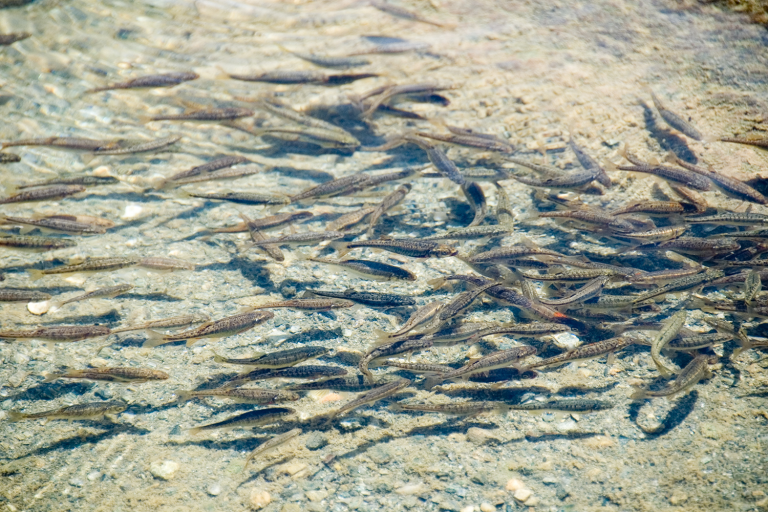
Fisheries
Thermal effects on ecological traits of salmonids
The phenotypically plastic response may preadapt offspring to perform better in the expected future thermal environment.
Fisheries
Research improves understanding of the complex interplay between temperature, fish size and ecological responses to aid conservation and management.

Fisheries
The phenotypically plastic response may preadapt offspring to perform better in the expected future thermal environment.
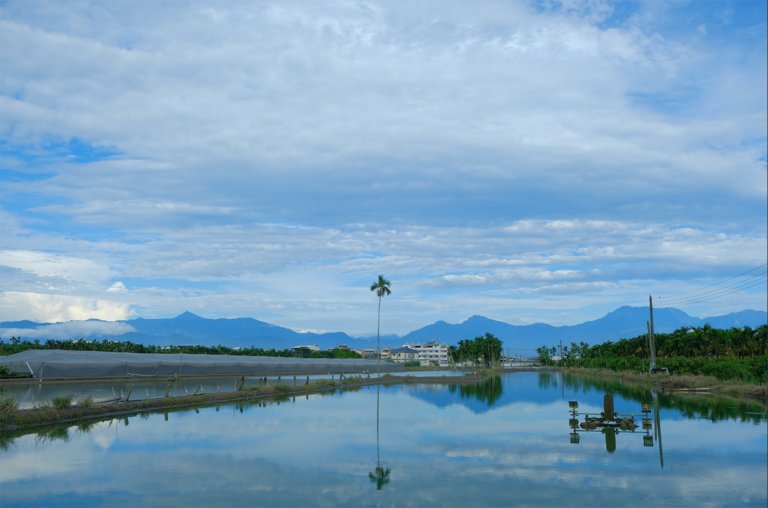
Responsibility
Prof. Boyd discusses how weather and climate events affect aquaculture and why producers should operate their facilities to protect against such events.
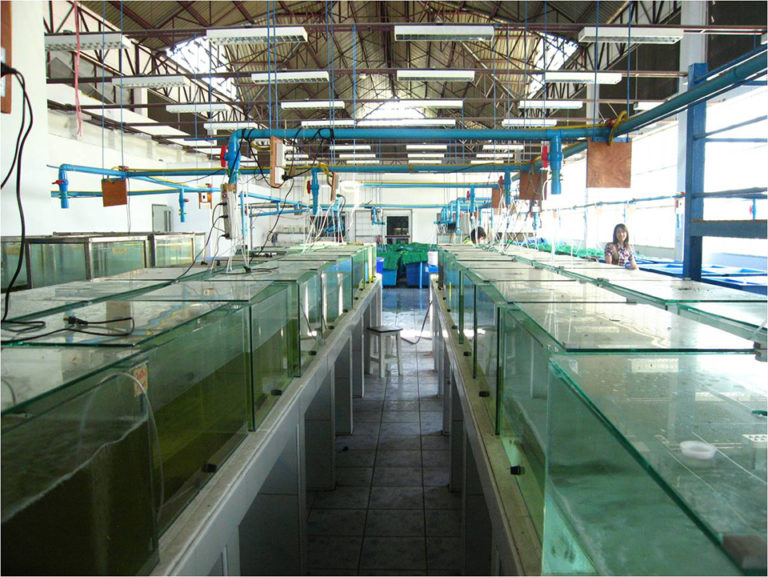
Health & Welfare
In laboratory tests with white shrimp, feed consumption was 36.5 percent higher at 33 degrees-C than at 29. Growth was similar at both temperatures.

Health & Welfare
The authors evaluated the feed passage through the intestines of white shrimp under laboratory conditions. Feed consumption on feed trays was tested four times daily at different temperatures at an intensive culture farm.
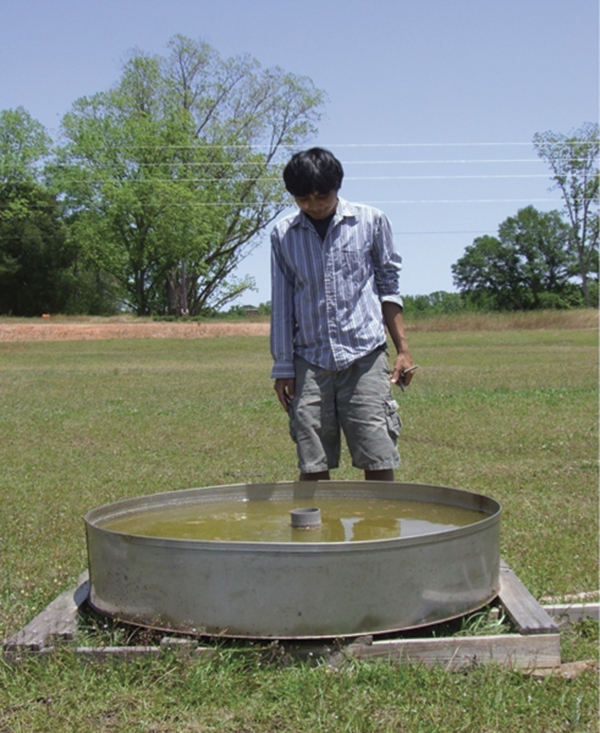
Responsibility
Evaporation of water from ponds is influenced by solar radiation, air and water temperature, and wind velocity. Control of aquatic plants can yield some reduction.

Intelligence
For shipping temperature-sensitive seafood like pasteurized crabmeat, current guidelines have pointed to a HACCP critical control of no more than four hours at a temperature limit of 4.4 degrees-C during shipping and storage.
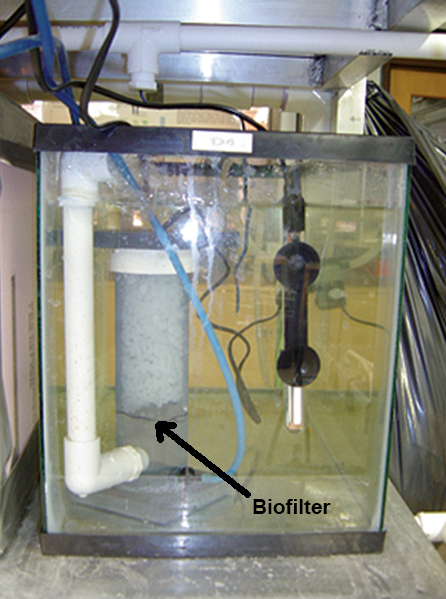
Responsibility
In a recent study, the authors set up a series of temperature-controlled tanks to determine the effects of temperature variation on biofilter performance.
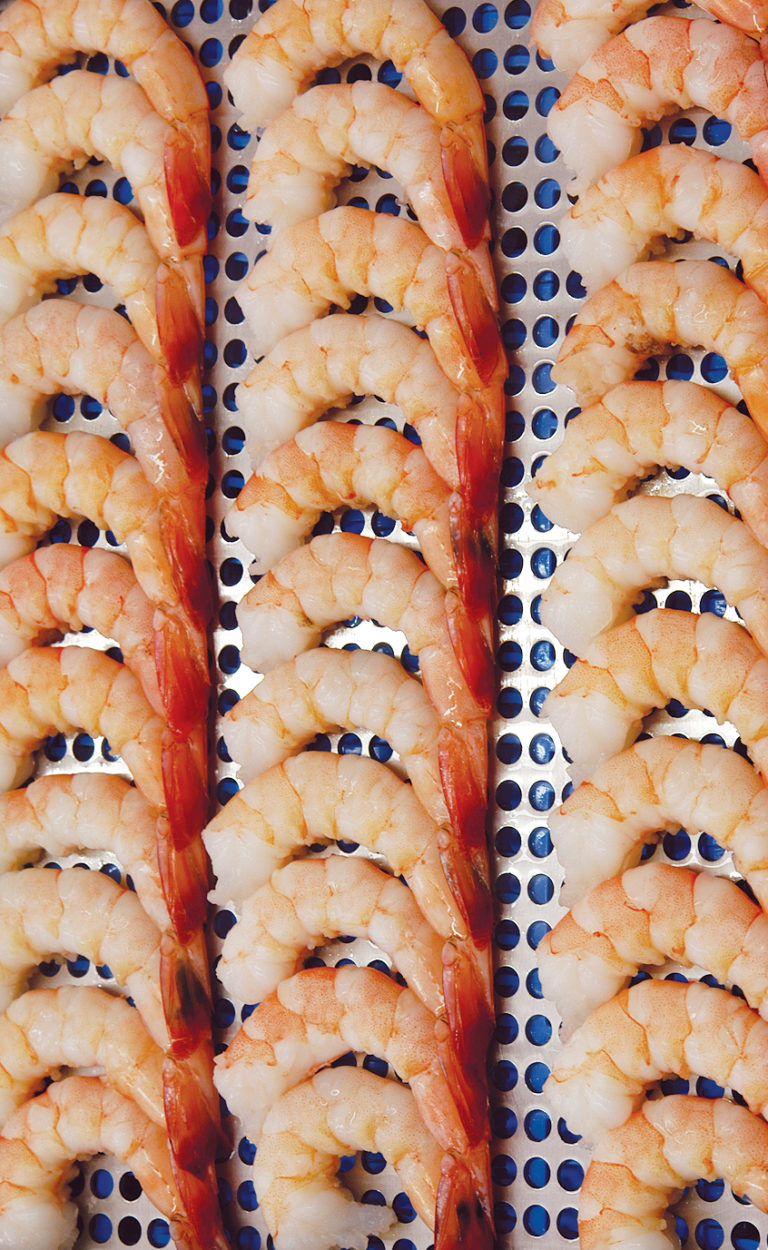
Intelligence
With forced convection, shrimp are cooked in a sealed chamber where a mixture of steam and air at lower temperature flows over them for a longer period to ensure product safety.
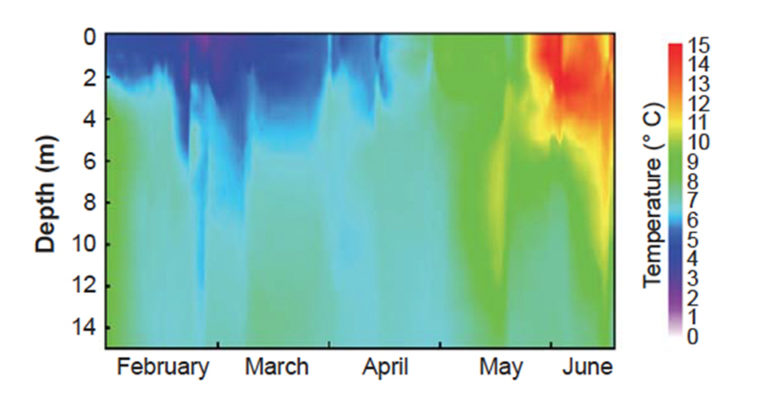
Health & Welfare
Since the early 1990s, salmon farmers have added lights to their cages from midwinter to midsummer to reduce the incidence of sexual maturation and improve fish growth.
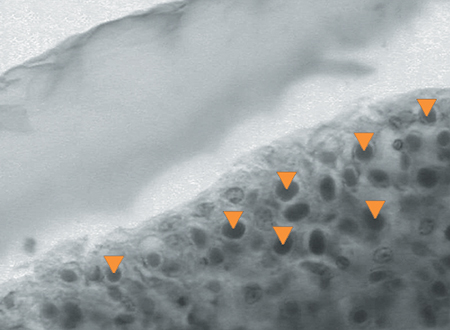
Health & Welfare
A number of studies have demonstrated the role of a temperature-mediated component in shrimp survival to infection by White Spot Syndrome Virus.